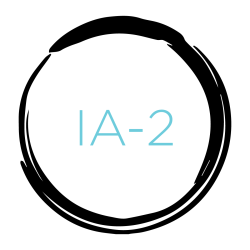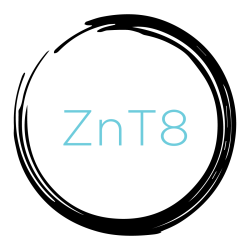Five hidden codes—called autoantibodies—offer clues to type 1 diabetes (T1D) years before symptoms appear. Find the hidden codes and earn your T1D Detective certificate today.

Answers
About the five hidden codes—called autoantibodies— that detect T1D risk:
To find the hidden codes for T1D, we check a small blood sample for two autoantibodies: GAD and mIAA.
Most people with multiple autoantibodies have one of these.


We detect mIAA (microinsulin autoantibody) when it reacts to insulin.
The “micro” part has to do with the test, not how much insulin there is.
If we find GAD or mIAA, next we look for IA-2 and ZnT8 in the same sample.


If we find mIAA, we also look for ICA.

We detect ICA when it reacts to one or more islet cell antibodies in the pancreas.
ICA was the first diabetes-related autoantibody discovered by researchers about 50 years ago. It’s the only T1D autoantibody that is found by looking under a microscope.
All the others are detected by using radioimmunoassay, a technique that involves tagging an antigen with a radioactive substance and then measuring the radioactivity of the antibodies that respond to it.
TrialNet offers free risk screening to track down the hidden codes of T1D. We start by looking for GAD and mIAA. If we find either one, we test the same sample for other autoantibodies.
Two or more autoantibodies are strong clues to the early stages of T1D. And we think there are more T1D autoantibodies to discover, which is why research is so important.
For people with T1D autoantibodies, TrialNet has studies investigating ways to stop disease progression.
Get screened by TrialNet to decode your risk of T1D
Read about people who decoded their risk of T1D and joined research studies.
More about autoantibodies and T1D
The immune system is the body’s tool for fighting infection. But sometimes, it gets confused and makes autoantibodies that attack healthy cells. Autoantibodies that target and destroy beta cells that make insulin in the pancreas are strong clues to T1D risk. When there aren’t enough beta cells to make insulin, blood sugar levels rise. That’s when T1D symptoms can show up, including:
- extreme thirst
- increased urination
- unexplained weight loss
- blurred vision
- extreme tiredness
- nausea
- stomach pain
- fruity breath
TrialNet screening can detect autoantibodies years before T1D symptoms appear, but anyone who has T1D symptoms should see their doctor right away.
Additional links: Understanding your autoantibody test results | TrialNet research
Understanding your autoantibody test results
Once you’re tested for autoantibodies by TrialNet, results are usually ready in 4 to 6 weeks. Your results will tell you if you have autoantibodies and, if so, how many.
- Zero (0): If you have no diabetes-related autoantibodies, your screening results are negative. This means you are currently at low risk for developing T1D. Because children and teens are more likely to develop autoantibodies than adults, TrialNet offers rescreening every two years until the age of 18.
- One (1): If you have one diabetes-related autoantibody, you are at a higher risk of developing T1D than someone with no autoantibodies. You’ll get retested once a year to see if anything changes. Twenty percent of people with one autoantibody will develop another within 5 years.
- Two (2) or more: If you have two or more diabetes-related autoantibodies, you are in the early stages of T1D. You’ll visit a TrialNet site for more tests. You may be able to join a prevention study testing ways to stop disease progression. If we don’t have a study that’s a good match for you, you’ll be retested every six months to monitor disease progression. If you are diagnosed with diabetes, it’s likely to be detected before you develop symptoms. Early diagnosis can help preserve remaining beta cells and prevent diabetic ketoacidosis (DKA)—a serious and potentially life-threatening condition.
Even if you don’t have autoantibodies, we think it’s important for everyone to know the signs of T1D.
Progress in research:
TrialNet’s Teplizumab Prevention Study led to the first immune therapy approved in the U.S. to delay T1D in people at high risk. We’re always studying new treatments to find more ways to slow down and ultimately stop T1D.
Tested outside TrialNet?
If you were tested for autoantibodies outside TrialNet and have one or more autoantibodies, TrialNet will rescreen you at no cost. We will test for up to five autoantibodies and let you know if you are eligible for a TrialNet prevention study or monitoring. Learn more here.
If you have a family member with T1D, you can get screened to decode your risk of T1D.






